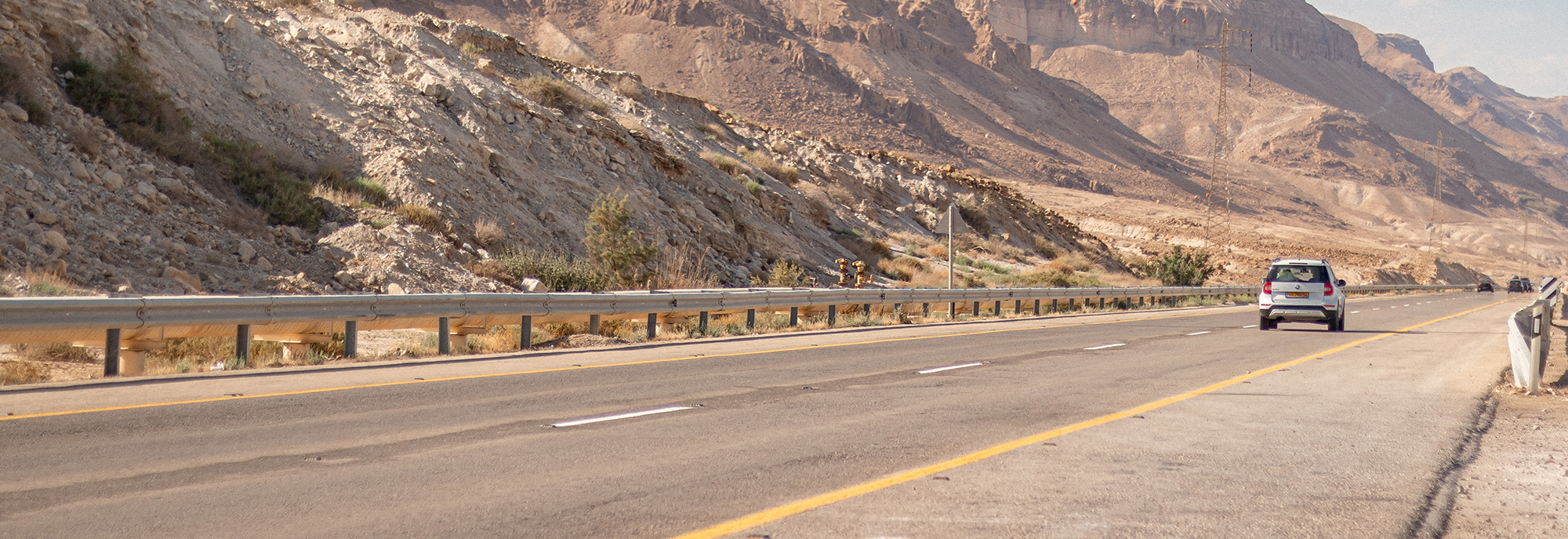Economists are known for different worldviews from others, and the gap usually is wide between economists and urban planners. Economist Thomas Sowell famously has said, “There are no solutions, only tradeoffs,” thinking that most planners reject out of hand.
One contentious issue separating economists (or at least those that believe free markets are socially positive) and progressive city planners is transportation. Market economists see the development of the automobile as a positive social development while progressive planners see private motorized personal transportation as something that either should be curtailed or eliminated altogether.
Economists and planners differ over the concept of “induced demand,” explained here:
The theory of induced demand asserts that as roadways become wider and able to accommodate higher volumes of traffic, additional vehicles will materialize as drivers feel incentivized to use the expanded road due to the belief that added lanes have reduced congestion. As more people start driving on the expanded road, congestion levels will increase to similar levels as before road widening.
Wired magazine references a study by economists Matthew Turner of the University of Toronto and Gilles Duranton of the University of Pennsylvania in which they wrote that driving increases by roughly the same rate as new highway capacity is created, a near one-to-one relationship. Declares Wired:
(I)f there’s anything that traffic engineers have discovered in the last few decades it’s that you can’t build your way out of congestion. It’s the roads themselves that cause traffic.
The concept is called induced demand, which is economist-speak for when increasing the supply of something (like roads) makes people want that thing even more. Though some traffic engineers made note of this phenomenon at least as early as the 1960s, it is only in recent years that social scientists have collected enough data to show how this happens pretty much every time we build new roads.
In other words, “If you build it, they will come.” The idea, first formalized by Anthony Downs in 1962 as “the fundamental law of road congestion,” follows:
- Congested freeways lead planners to make them wider to reduce congestion.
- Drivers abandon other, more crowded roads, to take to these newly expanded freeways.
- Ultimately, these enlarged freeways become as congested as they were before construction, which defeats the entire point.
Building more roads seems to produce new cars and drivers through something akin to spontaneous generation. Thus, reason urban planners, expanding a freeway’s size to accommodate more traffic is useless, since drivers seeking lower-cost routes will fill up the lanes, thereby reducing travel to a crawl at certain times of the day.
In response, planners have implemented “road diets,” which reduce driving space by eliminating lanes of traffic. According to PRI’s Free Cities Center Director Steven Greenhut, California transportation authorities pulled a bait-and-switch by campaigning for a large increase in the state’s gasoline tax to pay for current infrastructure repairs and expand highways to reduce congestion. However, planners made roads narrower or added bike lanes, the idea being that such moves would force traffic to move more slowly, or what traffic engineers call “calming traffic.”
Inducing traffic jams hardly “calms” car drivers, no matter how transportation bureaucrats wish to frame their policies. Road shrinkage policies also reflect an institutional bias that urban planners and many transportation officials have against private automobiles. Thus, when roads are jammed, it is seen as a great failure that only can be rectified by expansion of public transportation.
There is another way to view both traffic congestion on enlarged freeways and the alternatives to countering alleged “induced demand.” First, one questions the concept of “induced demand.” Take the following description from Bloomberg:
(A)dding new roadway capacity also creates new demand for those lanes or roads, maintaining a similar rate of congestion, if not worsening it. Economists call this phenomenon-induced demand: When you provide more of something, or provide it for a cheaper price, people are more likely to use it. Rather than thinking of traffic as a liquid, which requires a certain volume of space to pass through at a given rate, induced demand demonstrates that traffic is more like a gas, expanding to fill up all the space it is allowed.
While economic theory includes the law of demand in which the price and quantity demanded of a good are inversely related, there is no law of induced demand. This concept assumes that the benefits of extra traffic lanes are illusory and that the perceived lower cost to the driver of using an expanded roadway really is an illusion. In fact, the illusion is so great that after the road expansion is completed, drivers crowd the highway so much that they are worse off than before.
Under the law of demand, everything else being equal, a reduction in price will increase quantity demanded, not increased demand itself. This is not an exercise in semantics. If the price of something is reduced – in this case, the highway’s expansion lowers perceived driving costs on that road – then we can expect more people to use that good or service.
The theory of induced demand, however, assumes that if the perceived price of driving decreases due to highway expansion, then traffic not only expands, but that it expands to the point to where every new space that can be occupied will be occupied. In economic parlance, that would mean that the driving version of price elasticity of demand is very high, which also can be interpreted as claiming that drivers prefer congestion even if less-costly alternative measures of transportation exist.
This is an extraordinary assertion and turns the law of demand upside down. While economists use elasticities in their analysis, they never assume near-infinite elasticity of demand for a good if increased use drives up its price. (Perhaps that is why we don’t see induced demand in economics textbooks.)
At the same time, planners have correctly observed that even after highways are expanded, traffic will increase, especially at certain times of day at what we call “rush hour” when people drive to work, and schools are opening. Because drivers see freeways as being lower-cost routes relative to surface roads or public transportation, it is not surprising to see them choose the freeway alternative. Furthermore, drivers expect crowded conditions at certain times of day and anticipate sitting in traffic.
An analogy would be the long lines we see in the drive-in lanes at In-N-Out Burger or Chick-Fil-A at the lunch hour. No one is shocked that lines are long and that if one wishes to pick up a meal while using one’s vehicle, one must be prepared to wait. People who regularly go this route will factor in the cost for them to wait, a classic trade-off. Furthermore, constructing new fast-food restaurants like Chick-Fil-A elsewhere results in congested peak-time lines at those new places, but this is not considered to be a failure.
Economists speak of opportunity costs, the real cost of someone’s choice being the next-best alternative. Drivers choosing to take I-405 during rush hours are not acting irrationally or mindlessly choosing the worst-possible alternative. People factor in these things and act accordingly.
Not surprisingly, progressives cannot understand why someone might choose to sit in traffic at 5 p.m. on I-405 instead of riding crowded light rail or taking a bus (and sitting in traffic on surface roads). Economists call this the substitution effect in which consumers move from one good or service to another when relative prices change.
The cited articles operate on the assumption that more drivers produce overwhelmingly negative social results. However, writes economist Randall O’Toole, there is another way to see this issue:
We know that every car on the road has someone in it who is going somewhere that is important to them. Increasing the number of cars on the road means more people are getting to do things that are important to them. Provided we aren’t subsidizing that travel (and, as I’ve shown before, subsidies per passenger mile are small and probably zero for freeways), then increasing highway capacity leads to net economic benefits because it generates travel that wouldn’t have taken place otherwise.
By comparison, building expensive transit systems aimed at getting people out of their less‐expensive cars generates zero economic benefits if it generates no new travel. Only new travel generates economic benefits, so people who argue that new roads induce new travel are actually arguing that new roads create economic benefits.
O’Toole recommends vehicle-per-mile fee system if planners wish to reduce traffic congestion and fund highway construction, bypassing gasoline taxes altogether. That certainly is one option, and it probably is superior to “road diets.”
And one study shows that if roads are expanded sufficiently that traffic will indeed decrease. As Jonathan Last noted in the Weekly Standard:
Between 1982 and 2007, Phoenix decided to build the highways it should have had in the first place. They added so much asphalt that, according to the research firm Demographia, the city’s highway-lane-miles per capita grew by 205 percent. During that period, highway-vehicle-miles-traveled per capita increased by only 12 percent. And, like magic, traffic congestion plummeted.
But O’Toole’s larger point also bears repeating. American highways, congested or not, move immense amounts of traffic, much of it beneficial to U.S. commerce and family and social life. By seeing highways crowded at peak traffic times as a colossal failure, progressive planners often miss the bigger picture. After all, even those stuck in rush-hour traffic ultimately reach their destinations.
William L. Anderson is an editor with the Mises Institute and Emeritus Professor of Economics, Frostburg State University, Frostburg, Md.

